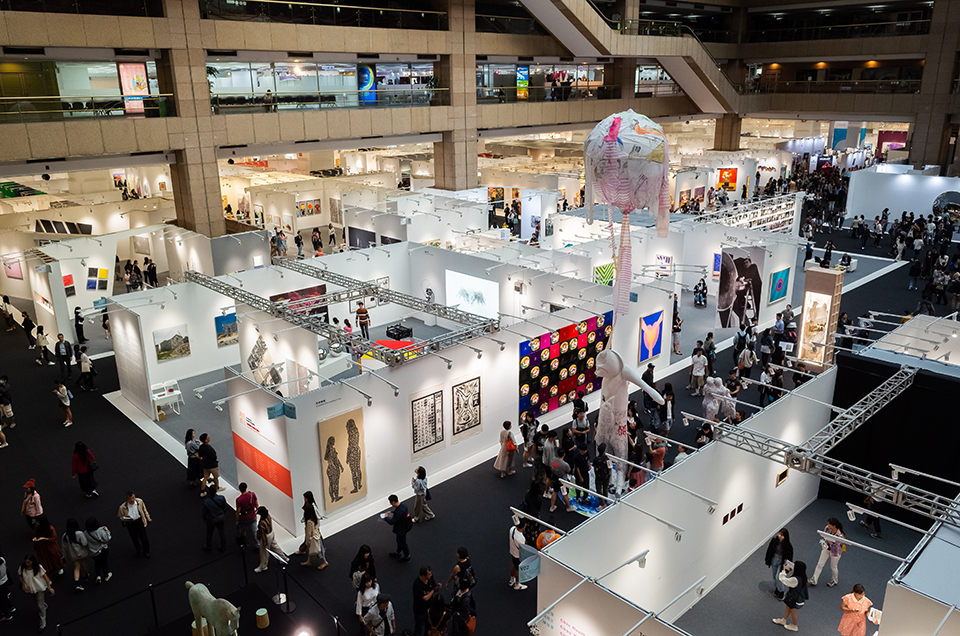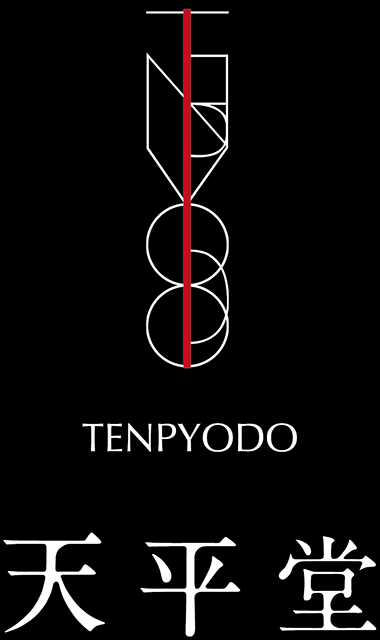Works of art are distributed in the art industry in several stages,
starting with the primary market, followed by the collector(buyer)and the secondary market.
The Primary Market

Galleries, department stores, and art fairs are generally the places where the latest works are presented in the case of living artists, and these are the places where exhibitions are organized and the works are introduced to the world. This is the primary market and is called “the primary”. The prices in the primary are determined by taking into account the number of years of experience as an artist, the production period, the cost of creating the work, the cost of opening the exhibition space, the cost of labor, and the cost of sales promotion. If the artist has a good track record and is popular, the set prices tend to increase. In many cases, however, they do not correspond to the reality of supply and demand.
Advantages
- If the secondary price of the target artist rises, it may generate a huge profit that is incomparable to the price paid for the primary.
- There is the fun of watching and supporting the growth of an artist.
Disadvantages
- It takes a long time for the target artist to become famous, so it is not suitable for asset management.
- It is not always the case that the target artist will become famous.


The Secondary Market

The secondary market, where we antique dealers belong to, is the place where artworks are distributed as used goods as opposed to new goods after they were released in the primary market and once they were in the hands of buyers. This market is like a large pyramid, with the higher the pyramid, the more art objects are sold, and the lower the pyramid, the more recycled objects are sold. In the case of art, many works of art are traded in the secondary market, as long as they are in good condition, they do not lose value. Works of deceased artists and antiques are all included in this category. Auctions are the most common way to purchase secondary works. In auctions, the winning price is determined by the balance between supply and demand, so the price can be quite high if there is added value based on popularity. In some cases, the price can reach hundreds of millions or even tens of billions of yen, which is beyond imagination, when competitors who are desperate to acquire a piece compete with each other with unusual fervor. This is not necessarily a fair indication of the value of the work, but it is certainly a better reflection of the market than the primary price.

Most of the artists’ works presented in the primary market tend to drop in price in the secondary market. On the other hand, the demand for works by world-renowned contemporary artists such as Yayoi Kusama, and Yoshitomo Nara is rapidly increasing in relation to supply. This is especially true for paintings, which are one-of-a-kind pieces, and the prices on the secondary market are much higher than one would expect. The auction market for contemporary art has been expanding year by year, despite a temporary decline after the Lehman shock. In the secondary market, the economic situation at the time has a great impact on the circulation price of artworks. During Japan’s bubble economy, demand greatly exceeded supply, and prices continued to be abnormally high in all areas. However, when the bubble burst and the economy entered a period of stagnation, prices were revised downward significantly, and with the exception of special Japanese art, the downward trend in prices has continued for a long time even today. Chinese works of art that have been recognized for their intrinsic value have a deep-rooted popularity because the world is their market, and museum-piece class works of art(gems and extremely valuable objects that should be preserved in museums)are often sold at extremely high prices. In recent years, the upward trend of some secondary prices has been accelerating, and rewriting the highest auction prices has become a big news around the world. To be featured at top brand auction houses such as Christie’s and Sotheby’s, where these cases take place, there is a rigorous screening process by the company’s team of experts.
Advantages
- It is basically cheaper than buying in the primary.
- If you consider it as an asset, you can expect more short term profit than in the primary.
Disadvantages
- If you do not have a really good sense of forensics, there is a possibility of grabbing a fake. To hedge against this, you need to find top brand auctions and professional quality stores.




